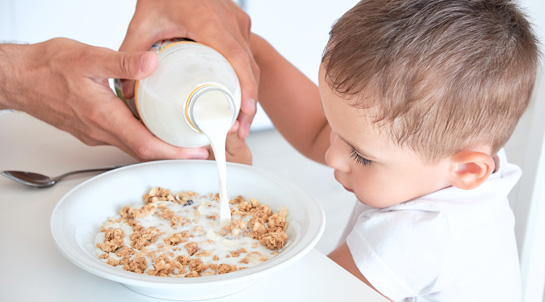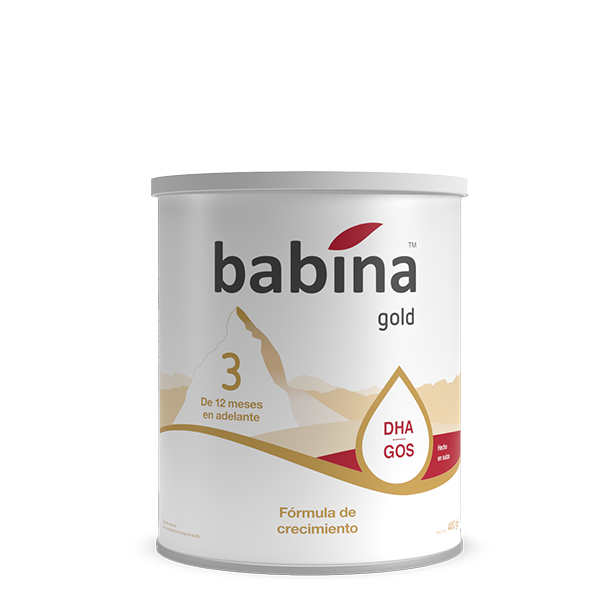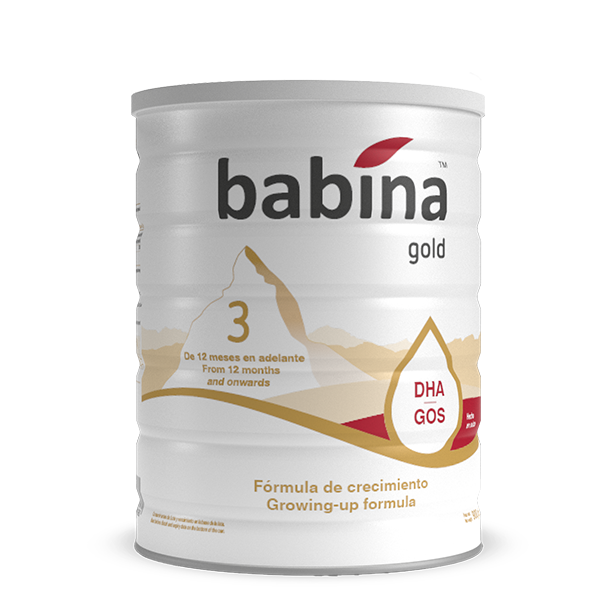
Children first learn about food and nutrition from the family members in their own home. This usually begins in an informal manner, with parental attitudes, foods commonly served, and family opinions about foods. Parents can influence children’s eating in a positive or negative way by role modelling. Extra nutrients support this stage of rapid and intense growth. Toddlers need a lot of energy as well as a variety of nutrients.
The amount a child eats will vary from toddler to toddler. Some will eat more or less than the average intake and still grow and develop normally. The amount they eat also varies from day to day and meal to meal. Their stomach is still small, which limits the volume of food they can consume. That is why a diet of highly nutritious food and a meal pattern involving small, frequent meals is so important for toddlers. Generally, portion sizes will get larger as they grow. As a guide, toddlers need three meals and about two to three snacks every day.
Food groups
- Bread, cereals, rice, pasta, couscous and potatoes
Serve at each meal and as some snacks. Offer a mixture of white and whole-grain varieties of bread and cereals. - Fruits and vegetables
Serve at each meal and as some snacks. Aim for about five servings a day.- Set a good example by eating fruit and vegetables yourself. Involve your child in choosing which fruit or vegetables they would like.
- Make vegetables and fruit look great on the plate. Serve different coloured fruits and vegetables, chop them up for a change or serve them on a special plate.
- Milk, cheese and yoghurt
About three servings per day. Full-fat varieties are best for toddlers.- Milk for toddlers (also called young child formula, junior milk or growing-up milk) are nutritionally balanced milks for young children from one year onwards.
- Meat, fish, eggs and vegetarian alternatives like pulses and lentils
About two portions per day. It is useful to include oily fish (like salmon, sardines, mackerel and tuna) once or twice a week.
Choose foods low in salt and (added) sugar. Encourage regular family meals, healthy eating habits and healthy snacking.
Healthy snacks
Here some healthy snacks that are easy to create:
- Whole-grain cereal or porridge with milk
This can also be made with a nutritionally balanced toddler's milk or young child formula, making it easier to fulfil the daily nutritional requirements. - Fresh fruits
Keep a bowl of fresh fruit handy. You can also serve sliced apple, orange segments, half a sliced banana, a small bowl of sliced grapes, or give your child a handful of mixed berries. - Fruit shakes
Throw half a banana, one-quarter cup of milk, and a handful of berries in your blender, and you've got a nutritious shake. You can also add yoghurt and use frozen fruits. - Vegetables
Keep vegetables such as peas and baby carrots in the fridge to grab for a quick snack. Your toddler may also like cherry tomatoes. Fresh veggies, such as cooked, chopped carrots or green beans and steamed broccoli or cauliflower are nutritious treats. Bake vegetable chips made of carrots, beetroot, or sweet potatoes. - Smoothies
Milk or yoghurt-based fruit smoothies in an open cup or yoghurt with pieces of soft fresh fruit. - Dips
Let your child mix and dip their favourite foods – explore and have fun. For example pitta bread paired with a tablespoon or two of hummus or spinach dip. Strawberries and apple slices go well with creamy yoghurt. - Cottage cheese
Serve in a small bowl topped with chopped fresh fruit, or mix in peas and carrots. - Popsicles
Milk or yoghurt popsicles blended with fruit. - Cheese
Small cubes of cheese with whole-grain crackers. - Muffins
A small whole-grain muffin with fresh fruit. - Crackers
Whole-grain crackers, rice crackers or toast thinly spread with a nut or seed butter or mashed avocado.
Fluids
Water is essential for all body functions. It is the most abundant substance in the body, averaging 60 percent of our body weight.
Children can drink plain water throughout the day to meet their daily fluid needs, but they will also get water by consuming other beverages like milk and 100 percent fruit juice. About 20 percent of their daily water intake typically comes from foods with a high moisture/water content such as juicy fruits and vegetables or soups.
The international recommendations for fluid intake vary greatly. The European recommendation is 1100 – 1300 ml of fluids (water + beverages + food moisture) per day for children between the ages of one and three.
Just as for all of us, your child’s daily water needs will increase when the weather is warm or hot, and when your child is more physically active than usual. If your child’s urine is close to clear in colour, the level of hydration is likely to be adequate. When the urine appears more yellow in colour, your child needs to drink a bit more to meet their daily needs.
- For children of all ages, water (no calories, no nutrients) and milk are the best choices.
- Milk provides essential nutrients, such as protein and calcium. Calcium is important for good bone growth and childhood is the critical period for building healthy bones. This continues till the age of about 20, when maximum bone density is reached.
- You can also use a special toddler milk (young child formula, junior milk) that is rich in many important nutrients, including calcium.
- Try to avoid sugar-sweetened beverages. Sugary soft drinks and fruit drinks provide unnecessary calories. They may replace healthier drinks such as water and milk, and contribute to tooth decay or weight problems and obesity. Children who are overweight or obese are at a higher risk of developing serious health problems; obesity in childhood can continue into adulthood.
- Fruit juice (without added sugar) is fine in small amounts as it contains nutrients like vitamin C.




